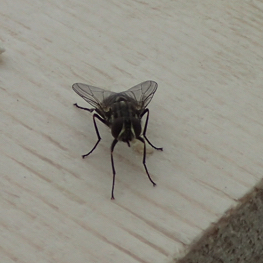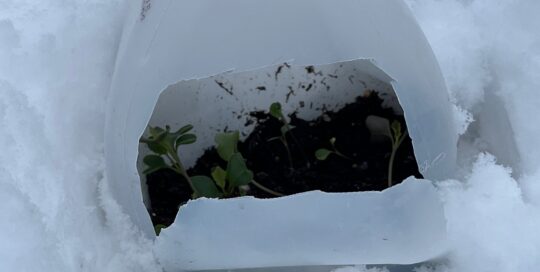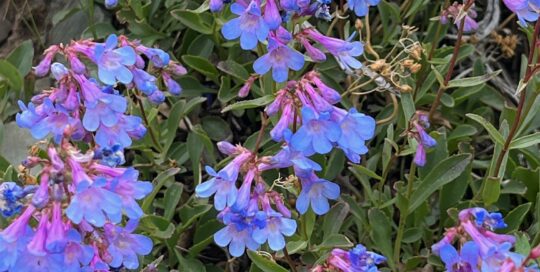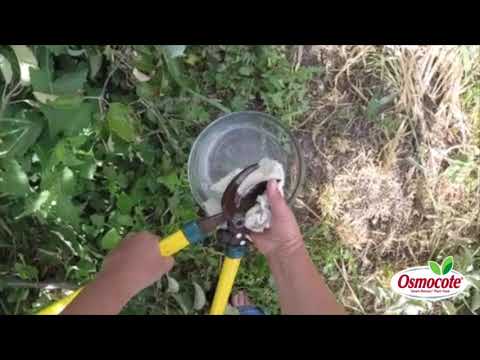Putting a dent in fly populations in the spring
Views: 1426

I never thought I’d be happy to see a fly. I was pretty thrilled when one was buzzing around the living room this morning. I’m sure I’m not going to feel like this for long. So, I thought it was a good opportunity to discuss ways to minimize the fly populations around the garden and animals by using a few techniques in the spring.
Stay dry as much as possible
I know this is easier said than done, especially considering the immense amount of snow/water many of us had (and some still have) over the winter. At the moment, we have mud everywhere. The best I can do around the house is to drain it away from areas where it pools, allowing it to drain or evaporate. At the barn, it’s a little more difficult since there’s no where for it to go. I am raking out damp hay (because he doesn’t eat it all) and tossing it outside so the area can dry better. And I’ll sprinkle diatomaceous earth over the area to reduce the number of potential fly larvae. As in the garden, the microscopic fossilized remains of the ancient sea animals is so sharp, it tears through the sensitive exterior of many insects. Fewer maggots means fewer flies.
Cover your compost pile
Several years ago we helped a friend with a little yard and garden work in the spring. One of the highlights for the boys was the maggots in the compost pile. They still refer to her as the “maggot lady” in the most positive light imaginable. While maggots might be thrilling to a couple of young boys, most of us want to steer clear of such a backyard feature. The easiest way to head off this issue is to cover your compost pile to prevent the flies from reaching this perfect environment. Plus, it’ll help “cook” your compost faster with the additional heat brought to the process.
If you really want to keep the tasty edibles out of reach of the fly populations, an option to keep composting without feeding the flies is to bury your kitchen scraps. Did a hole roughly a foot deep and bury it. Outside of citrus and banana peels, the bulk of it breaks down quickly and doesn’t draw in flies at all.
Look to fly predators
If you live with livestock, including chickens, the manure is a natural buffet for flies. It can definitely increase their populations later in the season. Just like encouraging – and sometimes bringing in – predators in the garden to feast upon the pests that plague us, you can use fly predators. They can be purchased online. They prey upon the larvae long before they have a chance to develop into an adult.
It’s best to start early in the season applying the natural fly predators to keep check on the population. Also, keep in mind that frequent, consistent applications are more effective than dumping the fly parasites in the manure piles, chicken pen or compost pile all at once. Apply it every week or at least every other week throughout the season.
Flies aren’t fun in the long run, even if I’m happy to see one after such a long winter. Stay dry, sprinkle the DE, and bring in predators to do your best to keep them in check. Hopefully, you’re not experiencing flies at biblical levels by the end of the summer.
Meet Amy Grisak
Amy is a freelance author and photographer in Great Falls, MT who specializes in gardening, foods, and sustainable agriculture. She provides information on every kind…
Amy's Recent Posts

Try Your Hand at Winter Sowing to Gain a Jump on the Season








